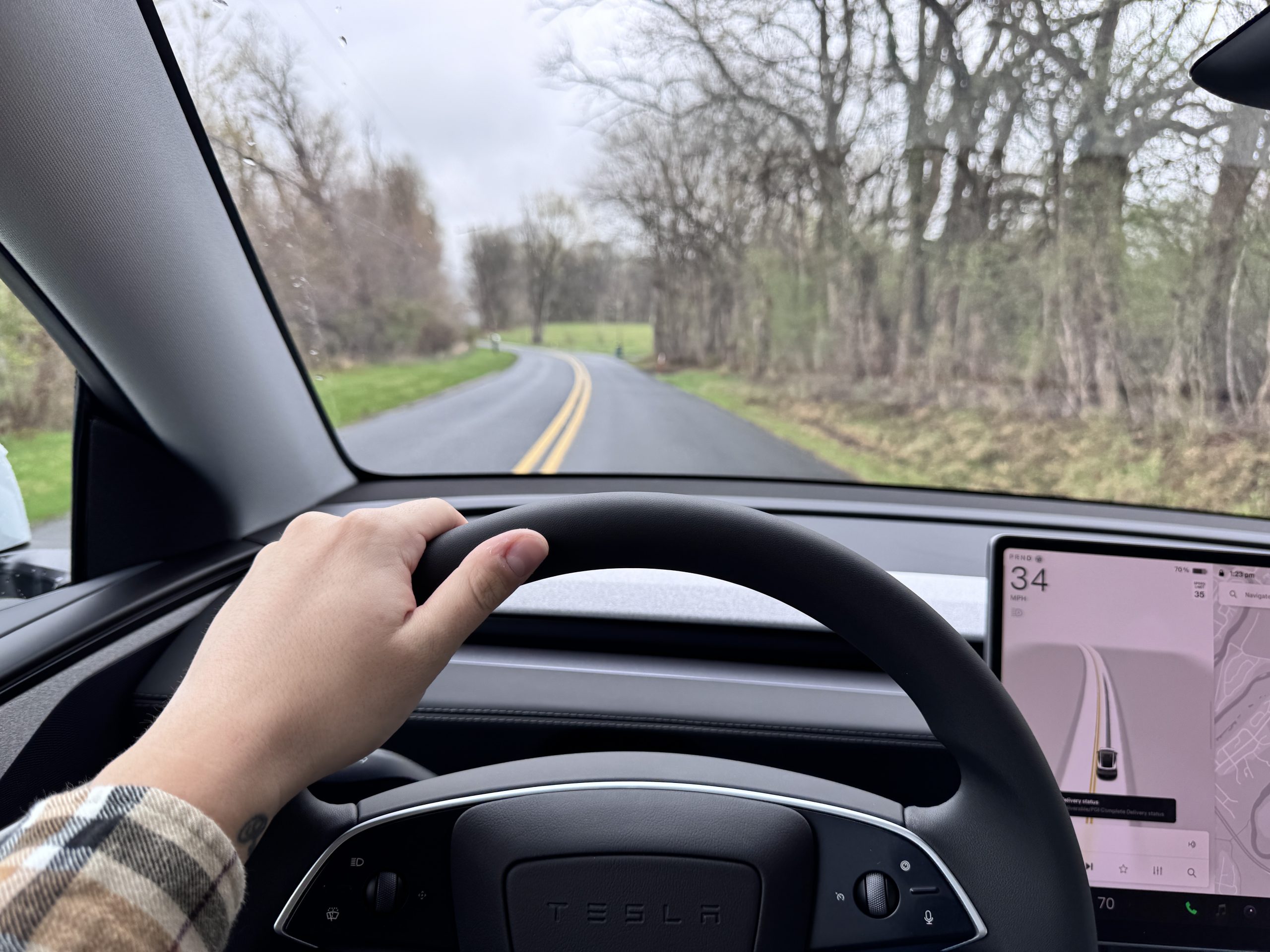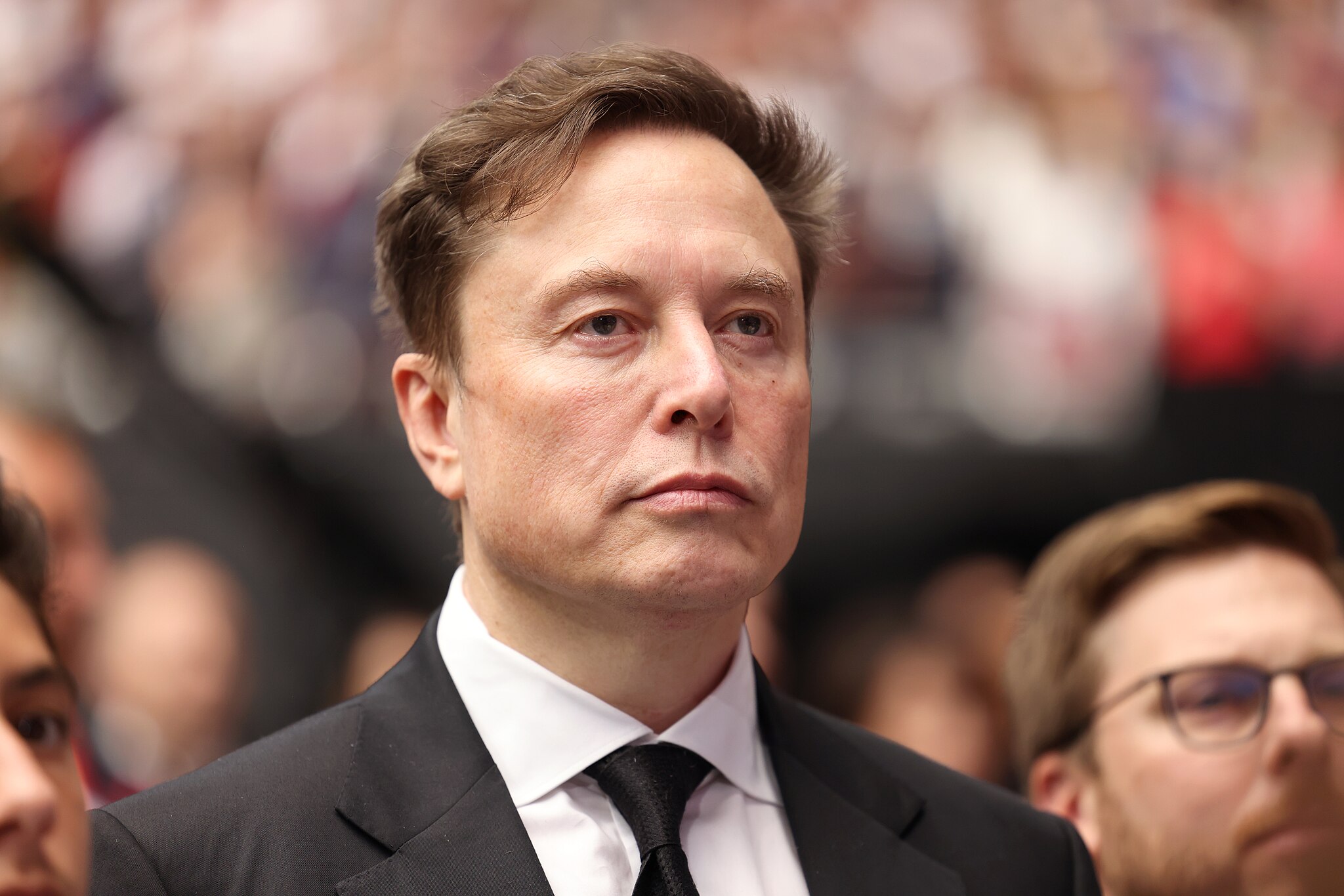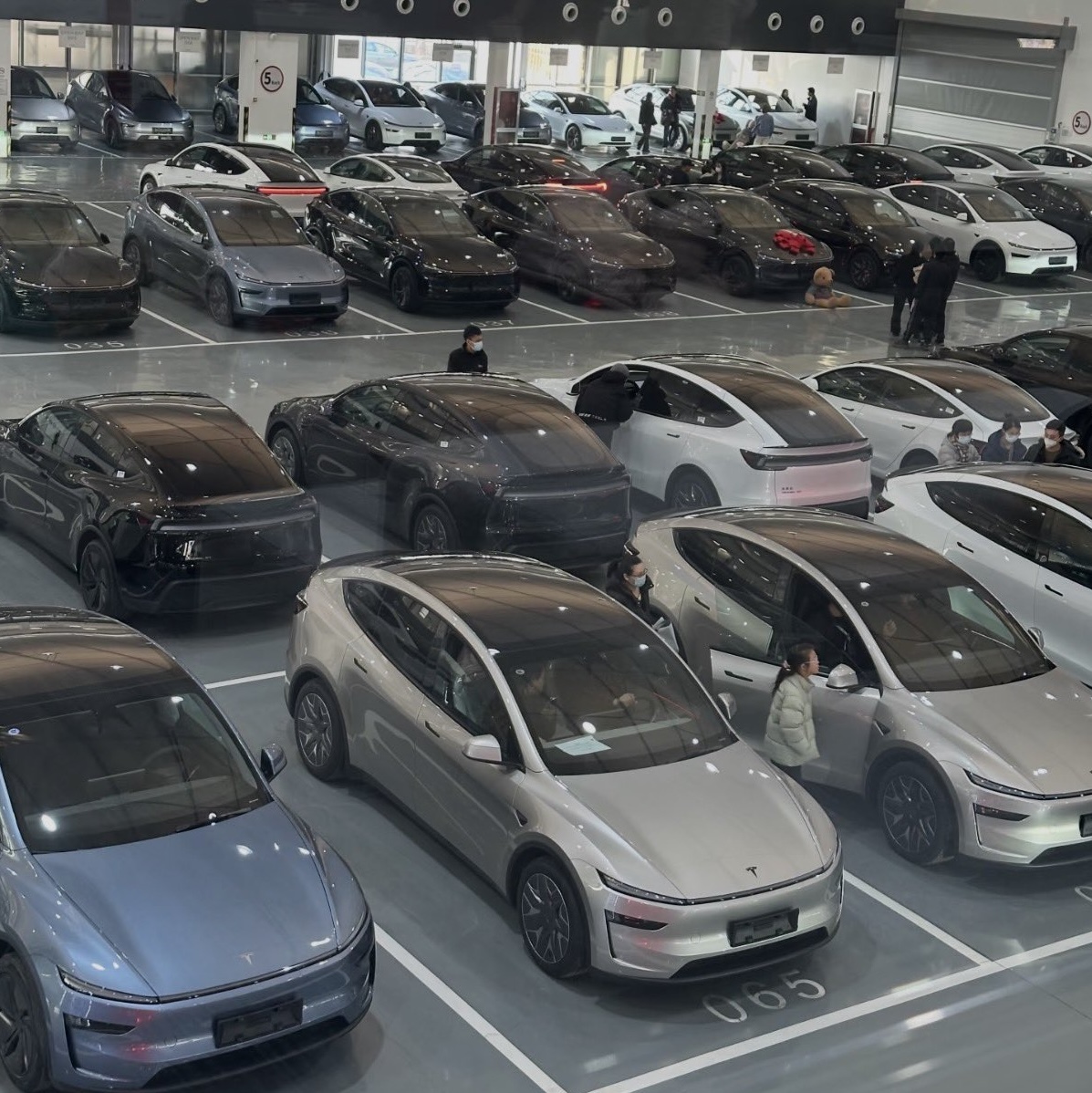News
Tesla confirms annoying Full Self-Driving feature has been fixed
Tesla has changed one of its driver monitoring features in a request from several owners.

Tesla has confirmed that an annoying Full Self-Driving feature has been fixed.
We reported last week that several owners reported changes in the feature, and now we have confirmation that it has been revised by Tesla.
Tesla Full Self-Driving (Supervised) does not require a driver’s hands to be on the steering wheel. However, eye movements and attentiveness are tracked through a cabin-facing camera, aiming to improve safety and limit loopholes in the system.
Tesla seems to have fixed one of Full Self-Driving’s most annoying features
If the system detects that your eyes are not on the road or you are not paying attention, FSD will nudge you to get them back on the road. Too many occurrences of the driver not paying attention will result in losing access to FSD for the remainder of the drive.
However, many drivers using FSD complained that the system was too quick to alert drivers of inattentiveness. Fixing things like the HVAC temperature or even Autopilot settings on the center touchscreen would get you a nudge, which seemed unreasonably fast. Many drivers said it was a seven-second limit, but it seemed faster than this.
🚨 This is really nice to hear. Tesla said they’d fix it! pic.twitter.com/lFIZGc6PQ5 https://t.co/JE4UFAWEZz
— TESLARATI (@Teslarati) May 15, 2025
In my experience, FSD nudged me to pay attention to the road when I was adjusting the speed offset, which gives the vehicle permission to travel over the speed limit by a percentage. For example, a 10% offset in a 50 MPH zone would let the car travel 55 MPH.
The nudging seemed to be too fast and annoying, and many other Tesla drivers agreed. CEO Elon Musk had even noted that the nudge was too fast and drivers were right to be annoyed with it, especially considering that, in theory, it would be safer to adjust these settings on FSD and not while operating the car manually.
Tesla took the criticism drivers had and turned it into a much-needed and notable change that has now been confirmed by Ashok Elluswamy, Head of AI and Autopilot for the company:
Was much needed
— Ashok Elluswamy (@aelluswamy) May 16, 2025
The change seems to be initiated on vehicles with Hardware 4. It is certainly a welcome change as the nudge was just a tad sensitive and could have been much more reasonable.
The adjustment made by Tesla came just a week after owners truly started becoming more vocal about the issue.

News
Tesla officially publishes Q4 2025 vehicle delivery consensus
By releasing these numbers directly, Tesla establishes a clear, transparent benchmark ahead of its actual results.

Tesla has taken the rather unusual step of officially publishing its company-compiled Q4 2025 delivery consensus on the Investor Relations site. As per analyst estimates, Tesla is expected to deliver 422,850 vehicles and deploy 13.4 GWh of battery storage systems this Q4 2025.
By releasing these numbers directly, Tesla establishes a clear, transparent benchmark ahead of its actual results, making it harder for narratives to claim a “miss” based on outlier estimates.
Official consensus sets the record straight
Tesla’s IR press release detailed the consensus from 20 analysts for vehicle deliveries and 16 analysts for energy deployments. As per the release, full-year 2025 consensus delivery estimates come in at 1,640,752 vehicles, an 8.3% decline from 2025’s FY deliveries of 1,789,226 cars.
Tesla noted that while it “does not endorse any information, recommendations or conclusions made by the analysts,” its press release does provide a notable reference point. Analysts contributing to the company compiled consensus include Daiwa, DB, Wedbush, Oppenheimer, Canaccord, Baird, Wolfe, Exane, Goldman Sachs, RBC, Evercore ISI, Barclays, Wells Fargo, Morgan Stanley, UBS, Jefferies, Needham, HSBC, Cantor Fitzgerald, and William Blair.

Tesla’s busy Q4 2025
Tesla seems to be pushing hard to deliver as many vehicles as possible before the end of 2025, despite the company’s future seemingly being determined not by vehicle deliveries, but FSD and Optimus’ rollout and ramp. Still, reports from countries such as China are optimistic, with posts on social media hinting that Tesla’s delivery centers in the country are appearing packed as the final weeks of 2025 unfold.
The Tesla Model Y and Model 3 are also still performing well in China’s premium EV segment. Based on data from January to November, the Model Y took China’s number one spot in the RMB 200,000-RMB 300,000 segment for electric vehicles, selling 359,463 units. The Model 3 sedan took third place, selling 172,392. This is quite impressive considering that both the Model Y and Model 3 command a premium compared to their domestic rivals.
Elon Musk
Tesla’s Elon Musk accepts invitation to Israel’s Smart Transportation Conference
The announcement was shared by the Israeli Prime Minister in a post on social media platform X.

Elon Musk has reportedly accepted an invitation from Israeli Prime Minister Benjamin Netanyahu to participate in the country’s Smart Transportation Conference in March 2026.
The announcement was shared by the Israeli Prime Minister in a post on social media platform X.
A call and an invitation
Netanyahu posted on X about Musk, stating in Hebrew: “Last night, I held a joint conference call from Florida with entrepreneur Elon Musk, Minister of Transportation Miri Regev, and the head of the National AI Headquarters, Erez Askal. In the framework of the conversation, Musk responded to my invitation and Minister Regev’s invitation to participate in the Smart Transportation Conference that will be held in March.”
Netanyahu added that he and Musk discussed continuing initiatives such as the promotion of autonomous vehicle laws and the boosting of AI technologies in Israel. This, according to the Prime Minister, is aimed at making the country a global leader in emerging technologies.
“Additionally, we discussed the continuation of collaborations with Tesla and the promotion of the law pertaining to autonomous vehicles. I spoke at length with Musk about promoting and developing artificial intelligence technologies in Israel, and I said in our conversation: We intend to catapult Israel and turn it into a global leader in the field, just as we did in cyber and other technologies,” Netanyahu added.
Tesla FSD’s upcoming rollout in Israel
Elon Musk’s upcoming conference appearance in Israel could hint at Tesla’s upcoming rollout of FSD and its Robotaxi service in the country. Previous reports have hinted that FSD is nearing regulatory approval in Israel, following strong advocacy from local owners and direct intervention from the government.
Nearly 1,000 Tesla drivers petitioned authorities, highlighting FSD’s potential to enhance road safety. Transport and Road Safety Minister Miri Regev responded positively on X, writing “I’ve received the many referrals from Tesla drivers in Israel! Tesla drivers? Soon you won’t need to hold the steering wheel.”
Minister Regev has instructed the ministry’s Director-General to accelerate the approval process, including necessary tests. A dedicated working group, led by Moshe Ben-Zaken, is also coordinating with regulatory and safety agencies to meet international standards.
News
Tesla China delivery centers look packed as 2025 comes to a close
Needless to say, it appears that Tesla China seems intent on ending 2025 on a strong note.

Tesla’s delivery centers in China seem to be absolutely packed as the final days of 2025 wind down, with photos on social media showing delivery locations being filled wall-to-wall with vehicles waiting for their new owners.
Needless to say, it appears that Tesla China seems intent on ending 2025 on a strong note.
Full delivery center hints at year-end demand surge
A recent image from a Chinese delivery center posted by industry watcher @Tslachan on X revealed rows upon rows of freshly prepared Model Y and Model 3 units, some of which were adorned with red bows and teddy bears. Some customers also seem to be looking over their vehicles with Tesla delivery staff.
The images hint at a strong year-end push to clear inventory and deliver as many vehicles as possible. Interestingly enough, several Model Y L vehicles could be seen in the photos, hinting at the demand for the extended wheelbase-six seat variant of the best-selling all-electric crossover.
Strong demand in China
Consumer demand for the Model Y and Model 3 in China seems to be quite notable. This could be inferred from the estimated delivery dates for the Model 3 and Model Y, which have been extended to February 2026 for several variants. Apart from this, the Model Y and Model 3 also continue to rank well in China’s premium EV segment.
From January to November alone, the Model Y took China’s number one spot in the RMB 200,000-RMB 300,000 segment for electric vehicles, selling 359,463 units. The Model 3 sedan took third place, selling 172,392. This is quite impressive considering that both the Model Y and Model 3 are still priced at a premium compared to some of their rivals, such as the Xiaomi SU7 and YU7.
With delivery centers in December being quite busy, it does seem like Tesla China will end the year on a strong note once more.








